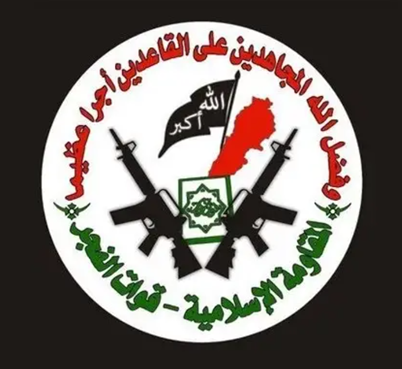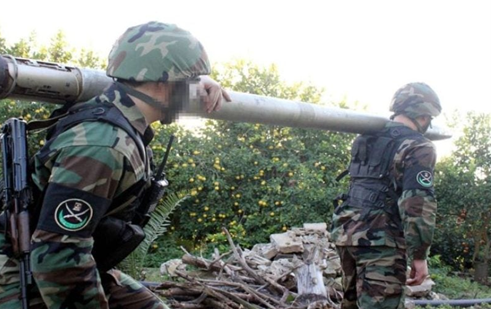On March 27, the IDF attacked a building in the Sunni village of Al-Habariya, which is located on the western slopes of Har Dov, south of Hasbaya. The attack was launched against a squad of operatives from the Al-Fajr Forces, the military wing of Lebanon’s Al-Jama’ah al-Islamiyah movement, who were preparing to carry out terrorist attacks against Israel in the immediate future, apparently through an on-foot infiltration into Israeli territory in the Har Dov area.
The airstrike killed seven operatives. Some of the killed operatives had been active in recent anti-Israel activities. According to the Al-Jama’ah al-Islamiyah movement, the Israeli attack targeted an “ambulance center” in the village, killing seven individuals…
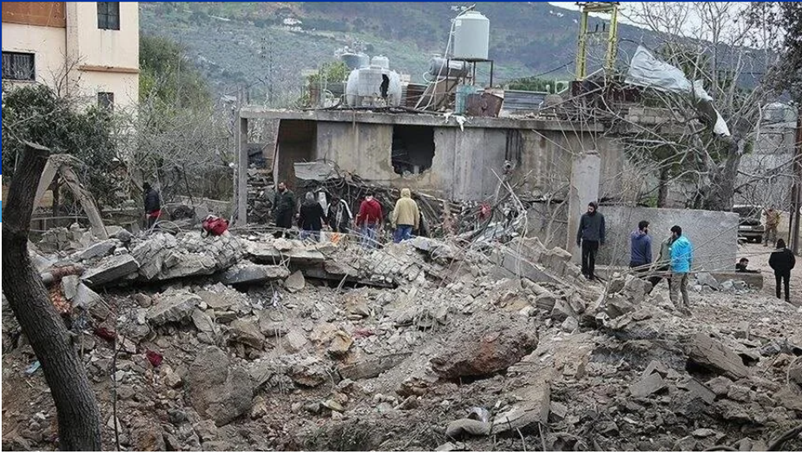
Seven additional organizations, in conjunction with Hezbollah, operate against Israel from south Lebanon, with operatives carrying out rocket launches, anti-tank missile launches, attempted foot infiltrations, and so on. One of these organizations is the Jama’ah al-Islamiyah.
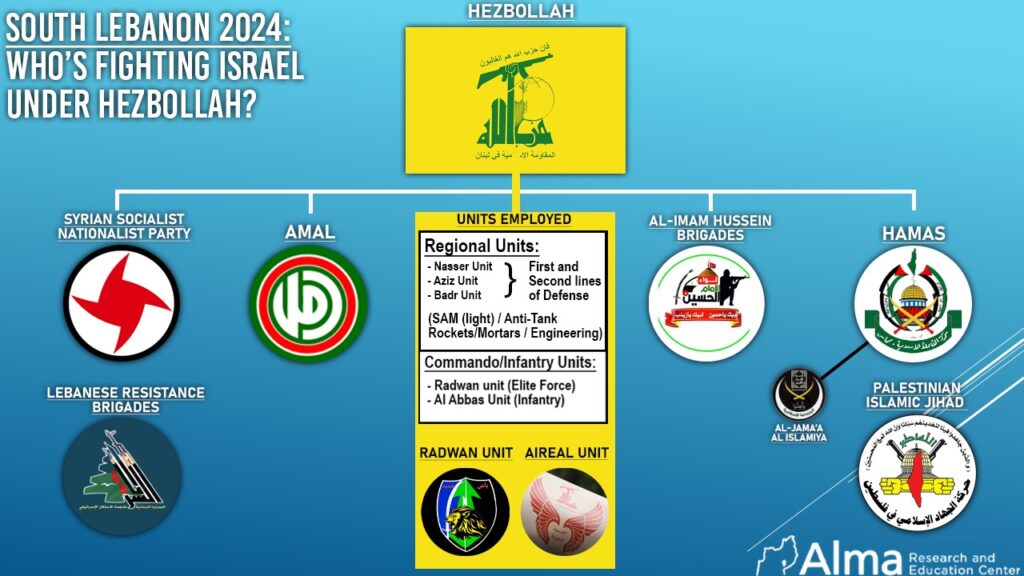
Al-Jama’ah al-Islamiyah in Lebanon:
Al-Jama’ah al-Islamiyah is a Lebanese branch of the Muslim Brotherhood movement with global reach. Muhammad Takush, the Lebanese branch’s secretary general, was chosen in 2022. With the Arab Spring, the movement began official political action in Lebanon, and Imad al-Huth, a member of the Lebanese parliament, now represents it.
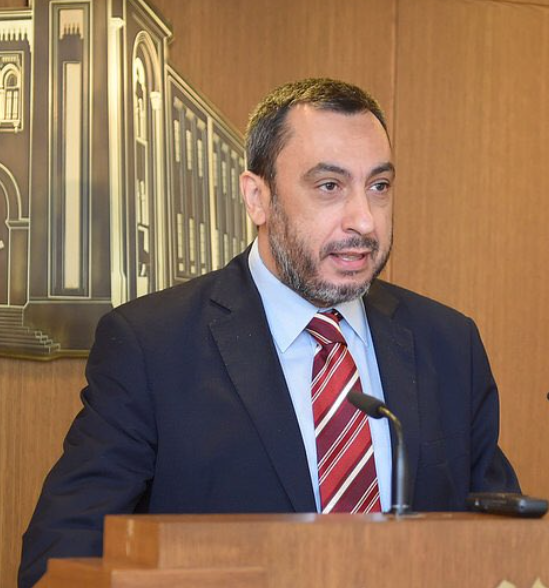
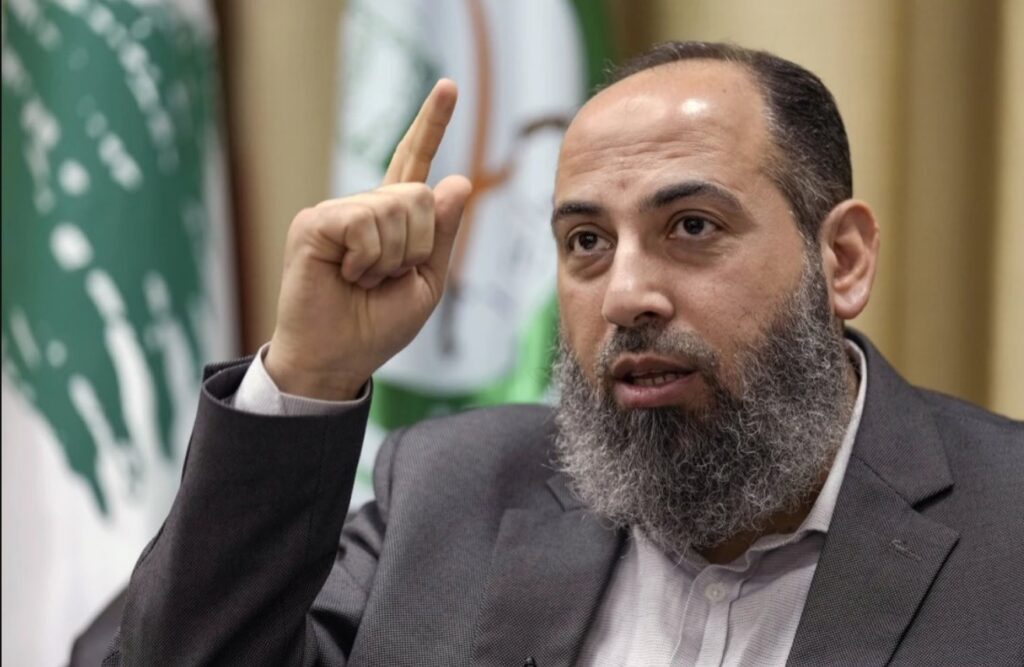
Al-Jamaah al-Islamiyah represents a sizable portion of Lebanese Sunnis and is the second-largest Sunni movement after the Future Movement, led by Saad Hariri. Its presence is particularly noticeable during religious and political rallies, as well as the settling of sectarian disputes within Lebanon.
The movement’s offices are located in the same building that houses Hamas’ headquarters in Lebanon. The “Araf Center”, is a six-story building located in the northern part of Sidon.
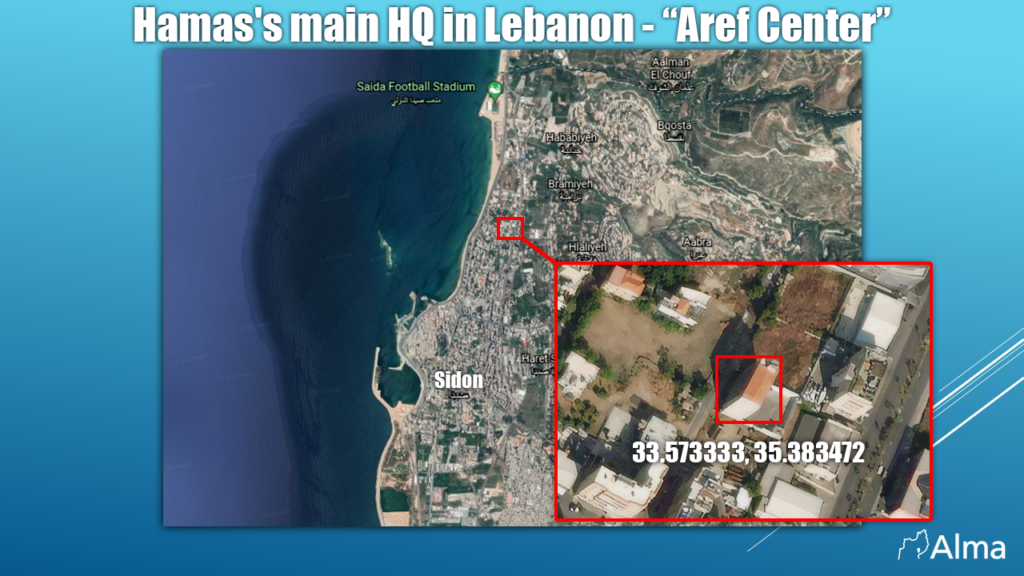
Hamas has excessive influence on Al-Jamaah al-Islamiyah, numerous of its operatives receive an allowance through Hamas’ charity and humanitarian organization networks throughout Lebanon. The movement consists of 2 political factions: one, is loyal to Turkey and Qatar, while the other is intent on an alliance with Hezbollah and the “Resistance Axis”. Hezbollah on its part, supported and fueled this conflict, in order to strengthen its alliance with Hamas, specifically since the internal elections within Al-Jamaah al-Islamiyah in August 2021 led to the empowering of the faction supporting the “Resistance Axis”, particularly Salah Aruri (who was eliminated) who “fixed” the Jamaah al-Islamiyah internal elections, strengthening the coordination with Hezbollah.
The movement’s relations with Hezbollah – an ideological gap vis-à-vis military coordination and cooperation:
Al-Jama’ah al-Islamiyah’s relations with the Iran-Hezbollah axis deteriorated due to Iran’s activity in the Arab region, especially in light of the beginning of the civil war in Syria (2011). Al-Jama’ah al-Islamiyah regarded Iran’s activity as based on “sectarian and expansionist dimensions” of regional interests, which had nothing to do with the resistance. Therefore, Iran has gone from a potential friend and ally – especially in the 1980s and 1990s – to an adversary that needs to be confronted in order to change its behavior.
The campaign of the Iranian Shi’ite axis in Syria and even Lebanon was waged under the banner of fighting “terrorism,” which included – in terms of media and intellectual mobilization – the Muslim Brotherhood. The schism between the two sides widened after Hamas (the “big sister” that sponsors Al-Jama’ah al-Islamiyah) was expelled from Damascus in 2012.
In the local Lebanese arena, Hezbollah’s positions, contrary to the movement’s, and the aspirations of its supporters, pitted the movement and Hezbollah against each other, not only politically but also ideologically and ethnically. Most of Al-Jama’ah al-Islamiyah’s supporters see Hezbollah as the dominant force in the country, and that it has moved from a position of resistance to a functional “sectarian” position, while Hezbollah’s supporters position the Muslim Brotherhood and the “takfiri” Islamic movements as having to be confronted by means of the “resistance,” mainly between the years (2013-2017) in light of the strengthening of ISIS in Iraq and Syria.
Regarding coordination and cooperation with Hezbollah, senior Al-Jama’ah al-Islamiyah officials said that “this is the nature of the territory when there are several branches of the resistance, it is natural that there is cooperation and coordination to prevent any mistake.”
Regarding the existence of a “joint war room” with other factions in the south, they stressed that “so far there is no joint war room, and we do not see ourselves on any of the axes, but we are a Lebanese national resistance that seeks to defend Lebanon, in cooperation with all resistance factions, therefore also with Hezbollah, which is on the border.”
It should be noted that the concept of the “joint war room” is mainly narrative-perceptive and is not expressed physically.
Al-Jama’ah al-Islamiyah’s position on the war in the Gaza Strip and involvement in the war alongside Hezbollah:
“The position of Al-Jama’ah Al-Islamiyah in Lebanon regarding the situation in Gaza is the position of every honest person in this world who believes that the Palestinian people, whose land has been occupied, have been uprooted from their homes and are now subjected to the most heinous types of crimes, and the world is silent, with some countries cooperating… The Palestinian people have the right to fight for the liberation of this land, and it is the duty of free peoples, including the Lebanese, to support this legitimate struggle in any way possible.”
On October 18, 2023, Al-Jamaah al-Islamiyah announced that it had launched rockets at Israel for the first time. The Islamic Organization issued an official claim of responsibility, announcing that operatives of its military wing, the Al-Fajr Forces, had fired rockets at Kiryat Shmona in two different volleys. According to the statement, the operation was carried out in response to the Israeli bombing of villages in southern Lebanon, and “in support of our people in Gaza, where the enemy has been committing genocide against them that has been going on for ninety days.”
The Islamic group vowed to continue its activities in what it described as “a promise to respond appropriately even against the brutal assassination of resistance leaders and mujahideen.”
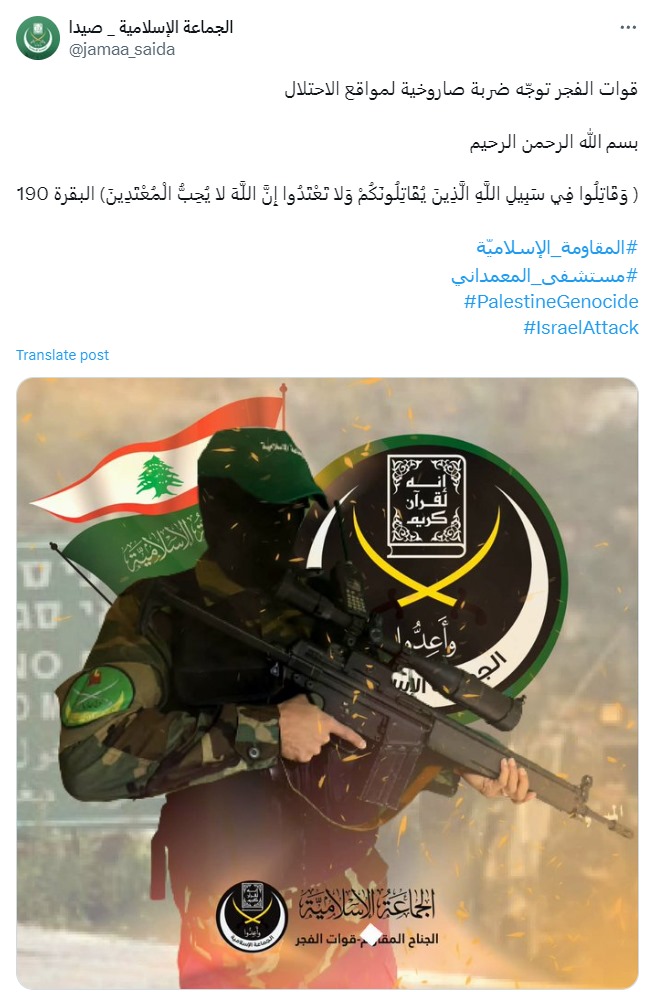
“Al-Fajr forces fired rockets at the occupation outposts.”
Al-Fajr forces: (the “Dawn forces”)
The Al-Fajr Forces, the military wing of the Al-Jama’ah al-Islamiyah movement in Lebanon, was established by the movement’s youth to defend themselves and Lebanon when Israel invaded in 1982. At first, the armed force operated in the Sidon area and later reached Tripoli and Beirut.
Nowadays, the Movement is estimated at 1000 operatives, that are divided into 2 sub-forces. One sub-force, leaded by Khaled Badia, located its central operations in Sidon (Badia’s birth town), Tripoli and Aaker. The other sub force, headed by Tala al-Hajar, operates in the Suni areas along the seaside, the Lebanon mountains and the Bekaa.
Today, Al-Fajr’s military operatives operate on an ad hoc basis, with full sponsorship and military support from Hamas’ growing military branch in Lebanon. Hamas-Lebanon and Hezbollah work together to carry out their operations against Israel in southern Lebanon.
Bassam Hamoud, deputy head of Al-Jama’ah Al-Islamiyah’s political bureau, said: “The resistance wing has the sole task of confronting the enemy and preparing for its encounter, until now we have never used our weapons inside Lebanon, but the presence of the Al-Fajr forces is neither new nor unusual… The Al-Fajr forces are part of the resistance in Lebanon, the Lebanese people have the right to resist the Zionist enemy, and our presence is within its framework similar to the legitimacy of Hezbollah, which defends its land and homeland.”
